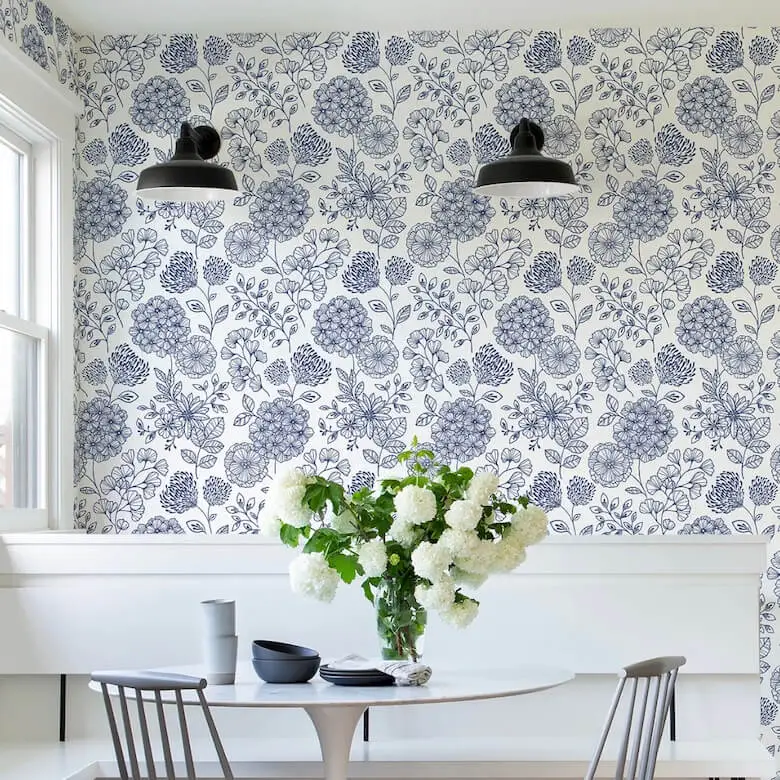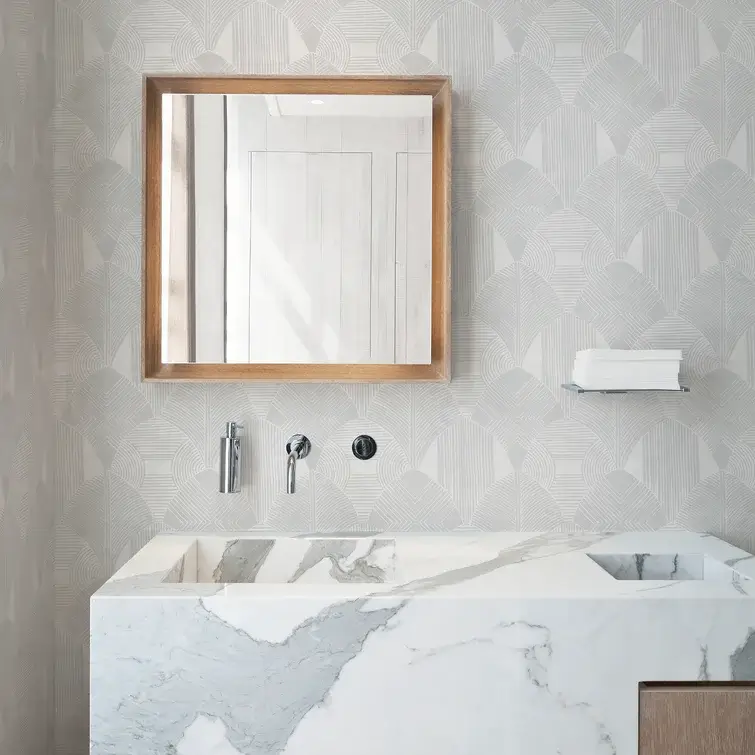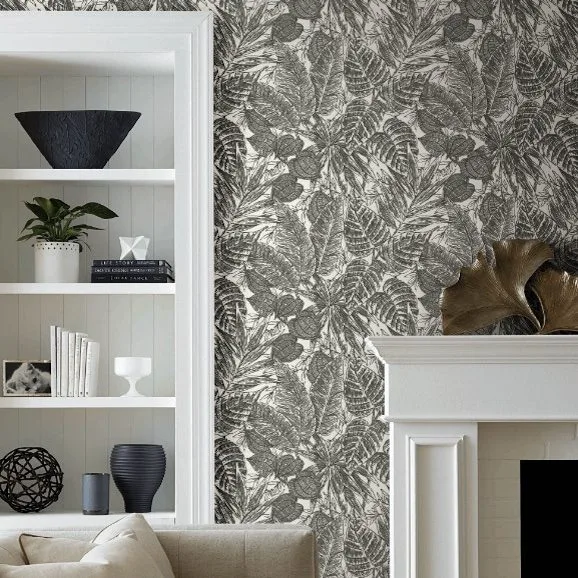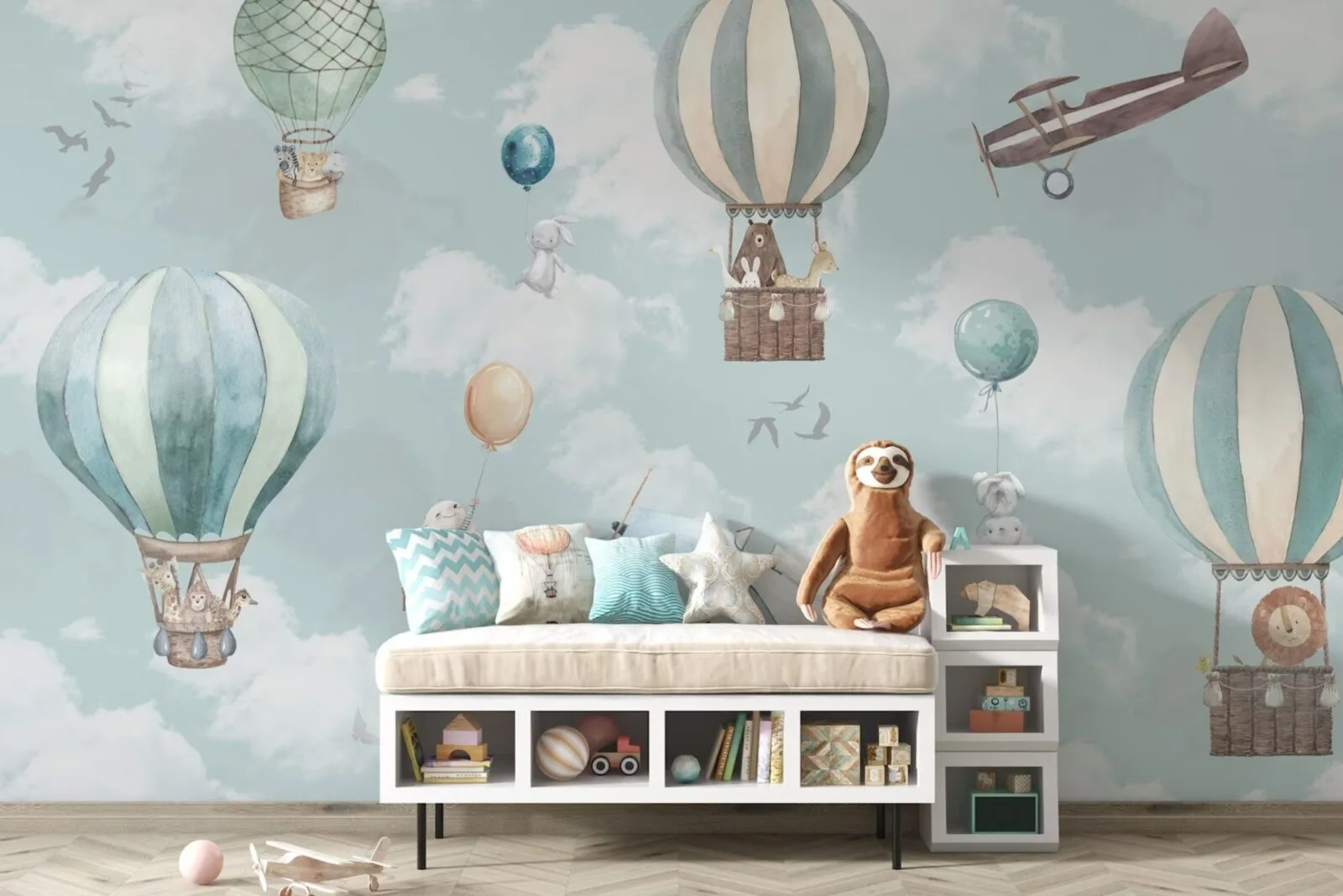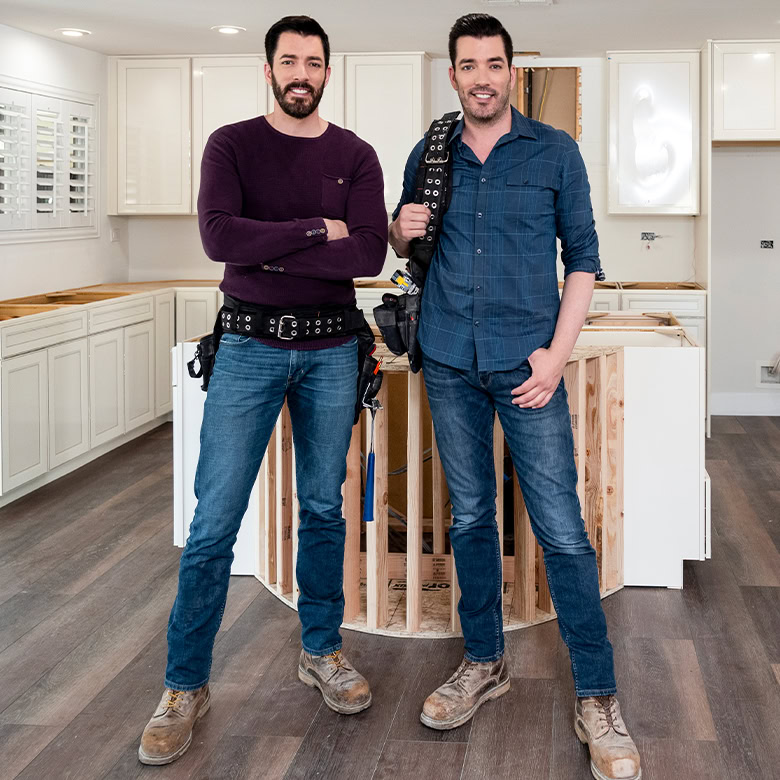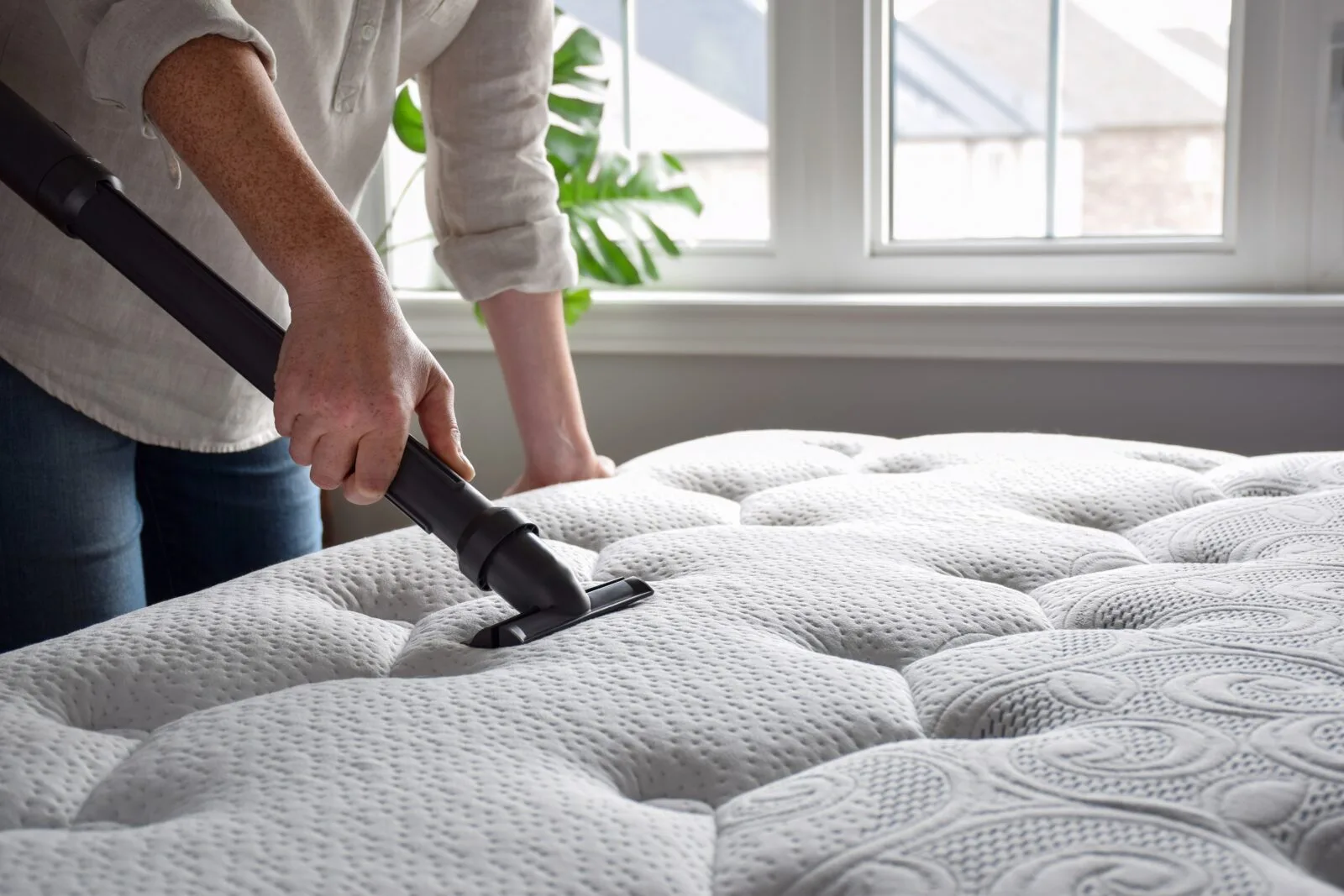How to Hang Wallpaper in a Few Easy Steps
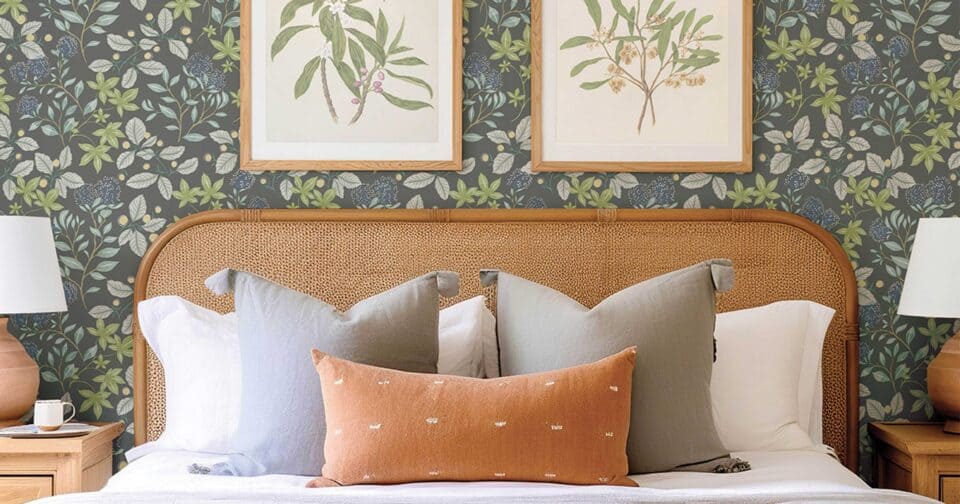
This site contains affiliate links to products. We may receive commission for purchases made through these links. Price at time of publish date may change.
Are you ready to make a change in your home? Installing wallpaper is a surefire way to add new life to your space. Whether you’re working on one wall or an entire room, you can redefine the look and feel just by changing up the walls. It’s easier than ever, too, since this classic product comes in varieties of all kinds nowadays, including peel-and-stick, pre-pasted, and traditional. But making sure you hang your traditional wallpaper correctly is the defining factor for whether or not the finished product comes out nicely.
That’s why we’re here to help you understand how to properly hang your wallpaper! But as you can probably tell, doing so requires a good deal of planning and the right supplies. If the task seems too daunting, you could also consider choosing your pattern and then hiring a professional to handle the rest. If, however, you’re up to the task and looking to take on a gratifying DIY project, our steps and answers to frequently asked questions will help you through installation from beginning to end. Now, let’s get started creating a space that feels brand new.
Wallpaper Supplies
How to Hang Wallpaper
1. Prep Your Walls
Before you get started, you need a clean “canvas” to work from. The day before you plan to put up your wallpaper, move the furniture away from the walls and, if possible, out of the room. Make sure to clean the walls beforehand, filling any holes that might be there from hanging art or shelves. Spread a tarp or drop cloth on the floor, then set up a table where you can lay out your supplies and unroll the paper. The day before you put up your paper is also the time to prime. Use a large paint brush or roller to apply a coat of primer to the wall(s), as directed in the primer instructions.
2. Pick a Starting Point
Once you’ve prepped, it’s time to get going! Measure the width of one sheet of your wallpaper. Mark this on the wall using a pencil. Then, using a level as a guide, lightly mark a vertical line on the wall where you want to install the first piece of paper. (We have more tips on where to start wallpapering below.)
3. Measure, Cut, and Apply Paste
Measure and cut a piece of wallpaper slightly longer than the height of your wall. (York recommends an extra 2 inches on the top and bottom to allow for trimming.) Depending on the product you bought, you’ll either spread glue on the back of the paper or on the wall, or you’ll wet the pre-pasted paper with water. Make sure to read the directions beforehand so you are applying the adhesive correctly, as some will require you to “book” it before continuing.
4. Apply the Wallpaper and Smooth as Needed
Using the marks you made earlier to guide you, hang your paper at the top of the wall, slightly overlapping the ceiling and adjoining wall, if you’re starting on a corner. Apply it as straight as you can, using a straight edge and wallpaper smoother to help you as you work your way down. Take your time! Continue to use the smoother to work out any air bubbles. As you move down the wall, you’ll eventually make a crease in the extra material at the bottom. Take your utility knife and trim the excess at both the top and bottom, as well as the side for the first piece.
5. Keep Going!
Repeat steps 4 – 6 until your project is complete.
6. Finishing Touch
No matter how cleanly you work, you’re likely going to get some glue on the frontside of your wallpaper. Unless you’re using a specialty textured variety, you should be able to get it off with a bit of soap and water. Wallpaper made from linen or other textiles might need to be vacuumed instead after the glue has dried. Check your instructions for the most accurate details.
Frequently Asked Questions
How much wallpaper do I need?
There’s no industry standard size for wallpaper. Some products are sold by the yard, while others are measured in square footage. Widths can vary, and rolls can be single or double-sized. Thankfully, most retailers offer a handy calculator where you can plug in the dimensions of your room and get a recommendation for how much to buy. (If you go to a store to choose your paper, the in-store specialist should be able to help do the same thing.) Up the estimate by 10–15% to account for unexpected errors or any wonky wall shapes.
If you prefer to figure it out on your own, the simplest way to calculate how much wallpaper you need is to multiply the height and width of the walls you want to paper. Then divide that number by the dimensions of your chosen paper to calculate the number of rolls to buy.
Where should I start wallpapering?
Is it better to paste the wall or the wallpaper?
Where can I buy wallpaper?
Shop Chic Wallpaper Designs
Inspire Sweet Dreams With These Kids’ Room Wallpaper Ideas
Warning: May make adults jealous.
Read More